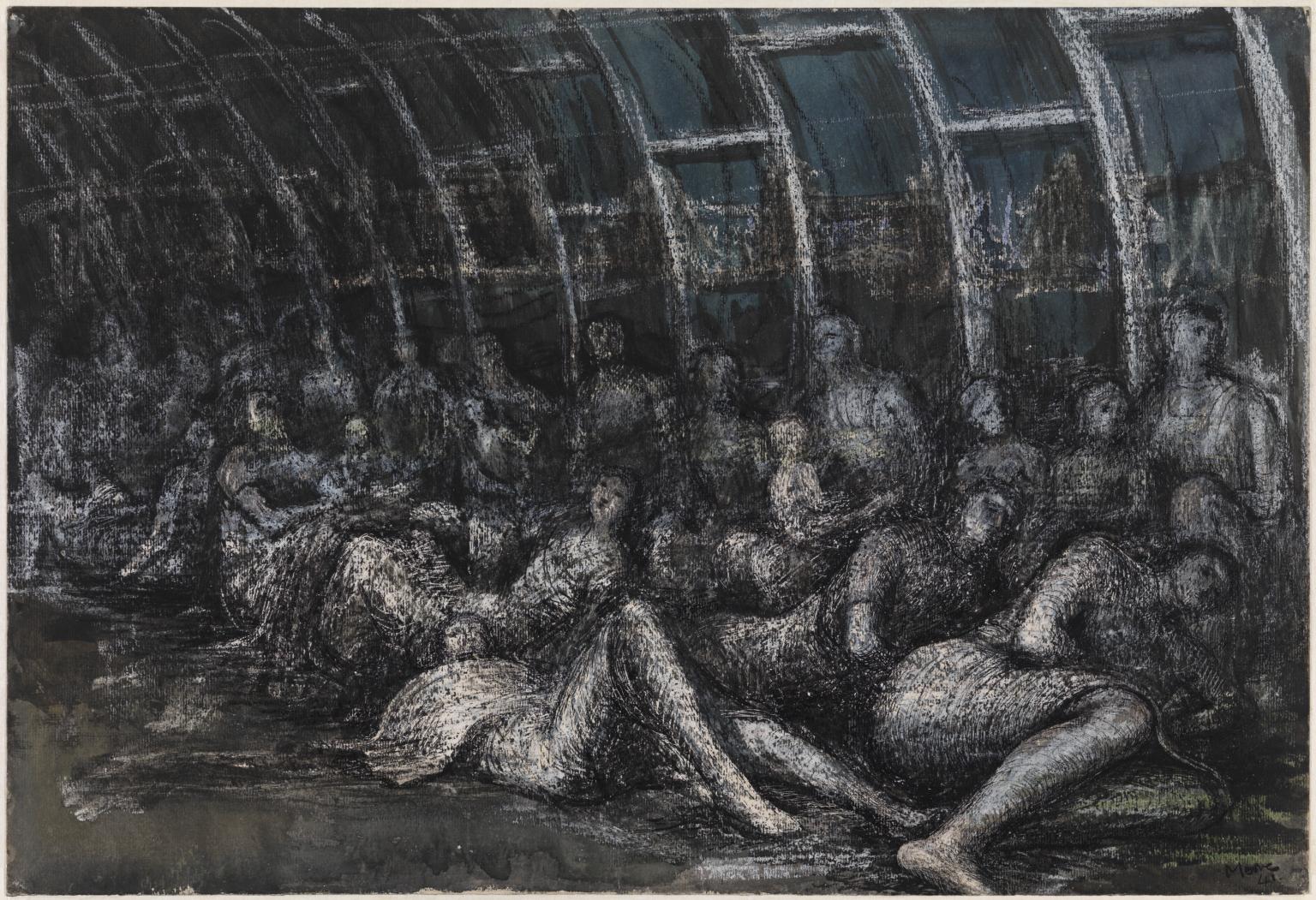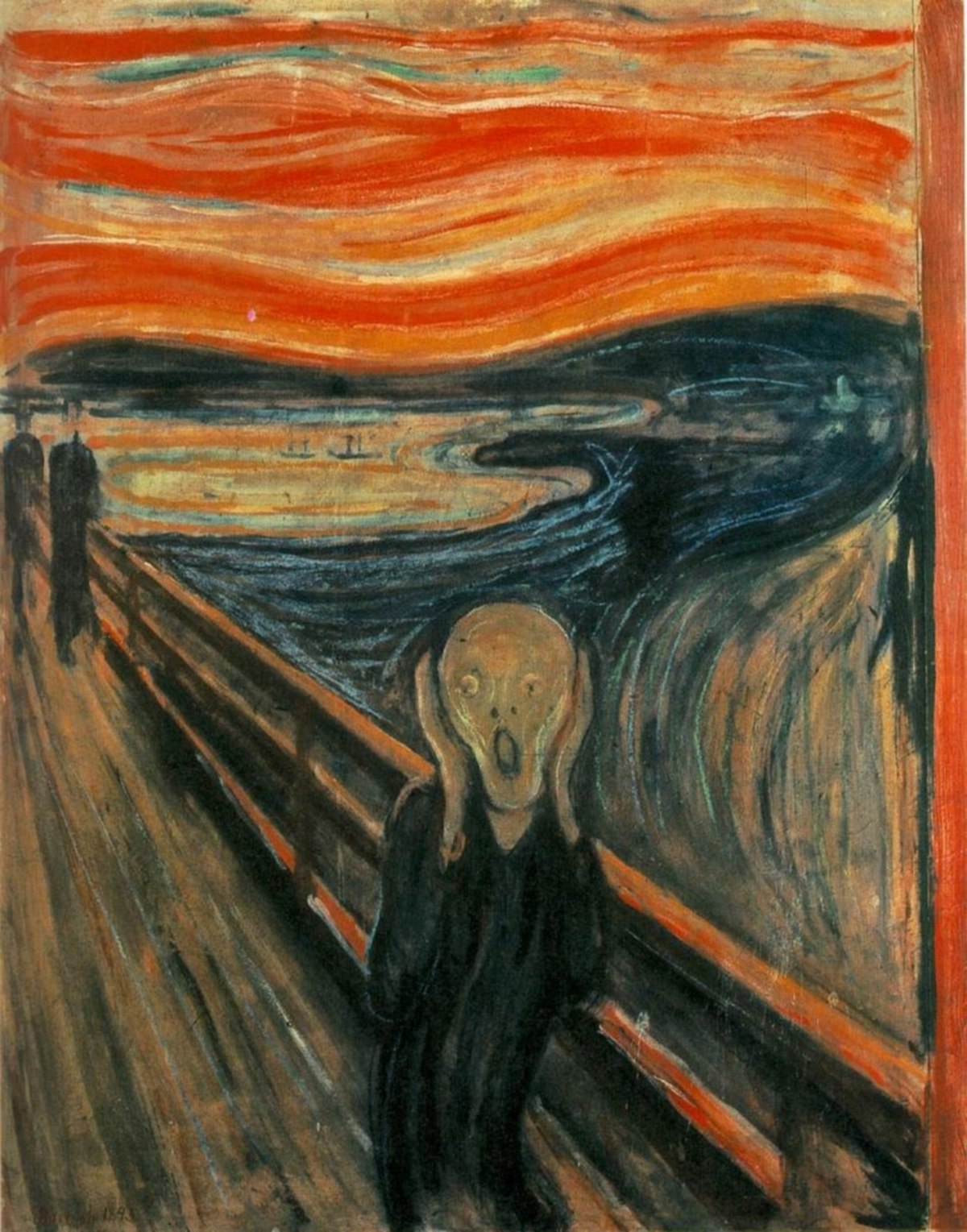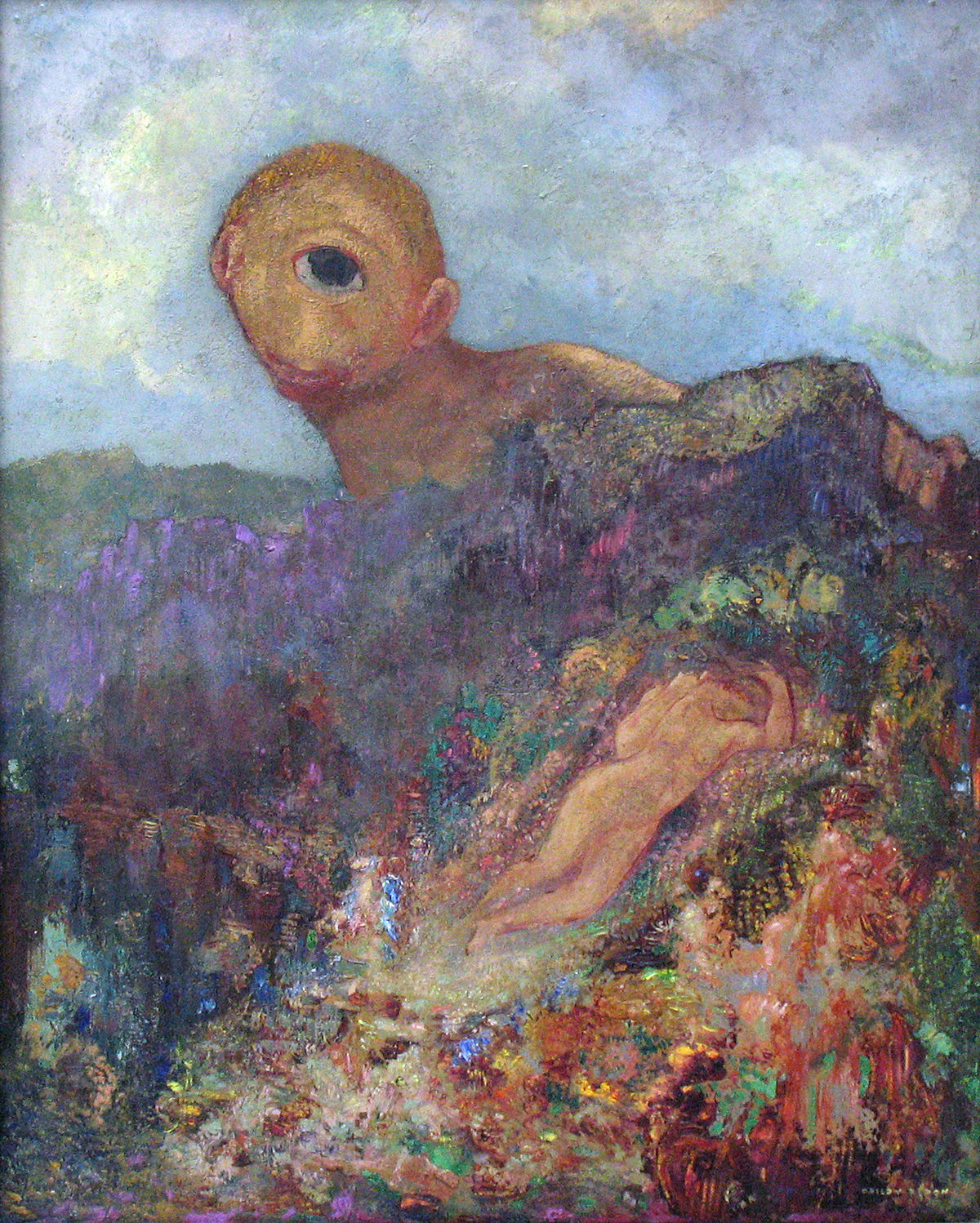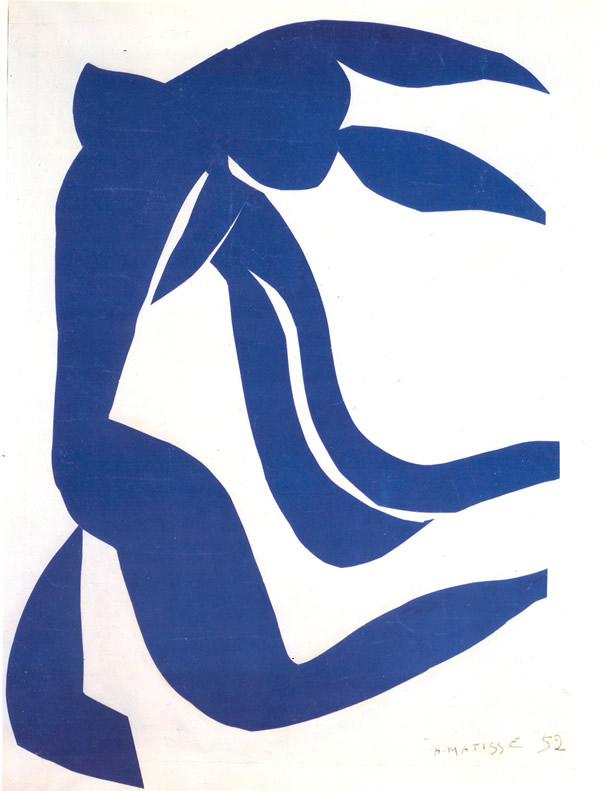A wonderful quote from Sir Anthony Caro, the famed British sculptor, was in the 2/9th June 2012 Spectator: "I believe art is about what it is to be alive". The article was by Ariane Bankes, discussing Caro's current exhibition of sculpture at Chatsworth House in Derbyshire.
Ms. Bankes was writing of Caro's huge and unending curiosity about the world around him, and his use of these interests as the source of his creative work. It reminded me how important it is to be curious about everything around one: as an artist, antennae need to be up as much as possible, eyes and ears open, and a questing attitude cultivated. Not always easy and other things in "life" obtrude, but even then, it seems that later, things not consciously registered at the time come floating back into one's mind.
A Day at Julienton, watercolour, Jeannine Cook artist
I realised, the other day, that a day I had spent drawing on the coast was more rewarding than I had thought. I was concentrating on what I was trying to do at the time, but indeed, I was "alive" to many more things around me. The result was a watercolour that came flowing, quite some time after this day's drawing. The different elements of the painting - marshwrack, a contorted dead cedar, eythrinia flowers, a baby alligator, different birds - are those that I was not drawing at the time, but were burned in my memory because of the heightened senses that art was allowing me to have. A lovely gift. Capturing the energies and magical forces of life around one is a never-ending quest for an artist and a passport to living life to the full.











